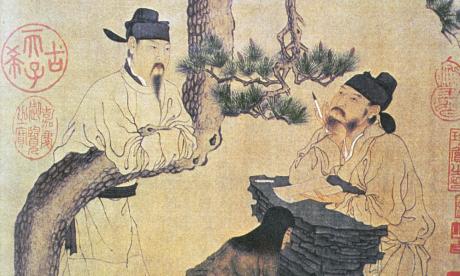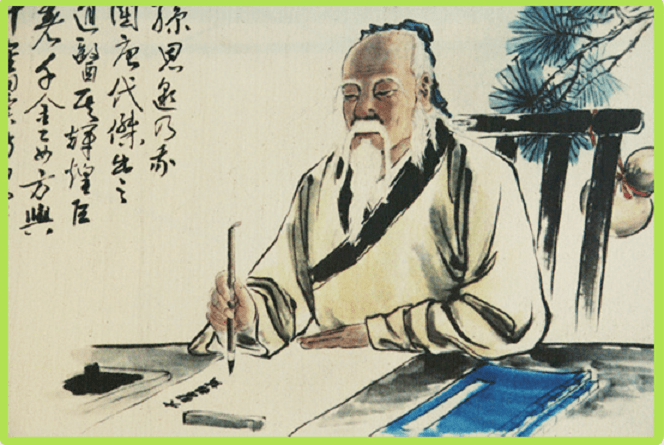The Tao Te Ching (or Dao De Jing) is a collection of writings or thoughts said to be written by Lao Tzu around 600 B.C. The Tao Te Ching is the second most translated publication in the world next to the Bible. So what does Tao mean? Historically there have been three uses of the word.
Tao Transcendent
The Taoist philosophy is the transcendent Way of ultimate reality – unnamable, ungraspable, ineffable. This is hinted at in the opening words to the Tao Te Ching: the Tao that can be spoken is not the true or eternal Tao. Huston Smith writes of this sense of Tao, “Above all, behind all, beneath all is the Womb from which all life springs and to which it returns.” It is clear, quiet, eternally existing, yet beyond our intellectual grasp, so that words never quite reach it: “Those who know do not say; those who say do not know.”
Tao Immanent
Tao is not only transcendent, but is the immanent, observable way of the universe, “the norm, the rhythm, the driving power in all nature, the ordering principle behind all life” (Smith). We see it in the yin and yang polarities underlying everything, in the self-balancing Organism of Nature, the flow of forces making up the universe.
Tao Harmonious
Tao is also the way of human life when it flows in harmony with the way of the universe as described above. This life enjoys the supreme effectiveness of operating by Tao’s power, or te



